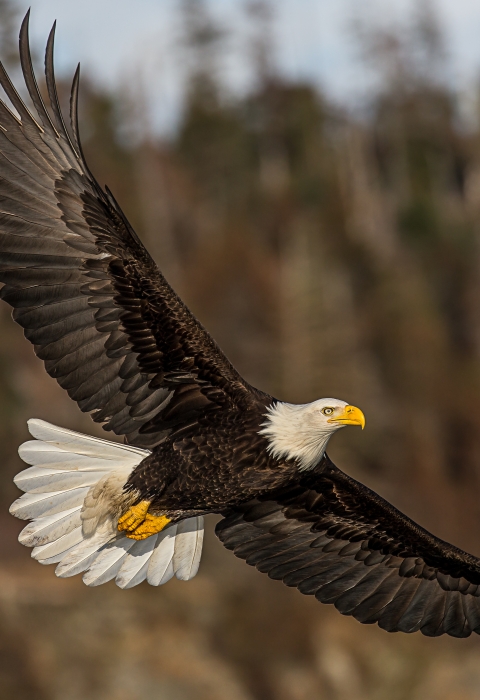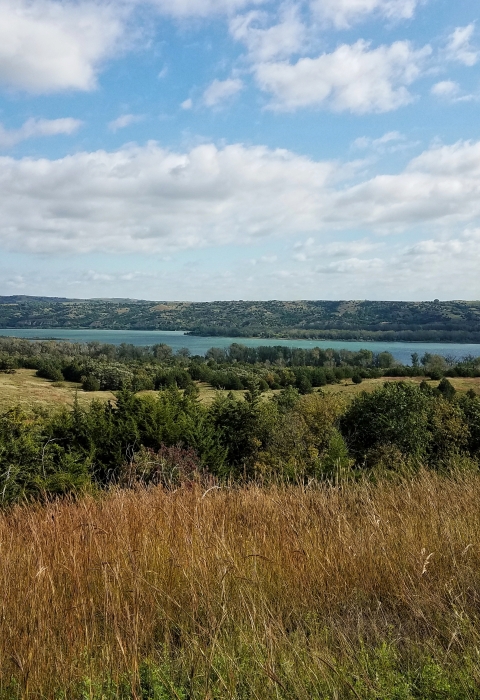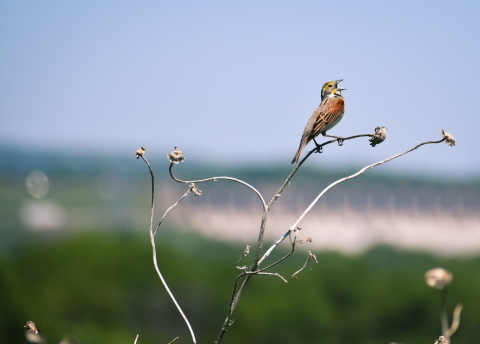What We Do
Wildlife conservation is at the heart of the National Wildlife Refuge System. It drives everything on U.S. Fish and Wildlife Service lands and waters managed within the Refuge System, from the purposes for which a national wildlife refuge national wildlife refuge
A national wildlife refuge is typically a contiguous area of land and water managed by the U.S. Fish and Wildlife Service for the conservation and, where appropriate, restoration of fish, wildlife and plant resources and their habitats for the benefit of present and future generations of Americans.
Learn more about national wildlife refuge is established to the recreational activities offered to the resource management tools used. Using conservation best practices, the Refuge System manages Service lands and waters to help ensure the survival of native wildlife species.
Refuge staff carefully considers all management techniques and employ them in varying degrees according to the situation. Water levels are carefully monitored and controlled to foster desired plant growth. Sensitive areas are closed to the public so that the land can recover more quickly. Prescribed burning, mowing, experimental bio-control insect releases, and seeding are also some of the techniques used to help native plants recover on national wildlife refuges.
Standardized ground and aerial wildlife surveys and vegetation surveys are conducted on some refuges throughout the year to inventory populations and document habitat use. Units are evaluated by how well they met habitat and wildlife use objectives.
Public involvement and input are important to us and to the planning process, and we hope you will take an active interest in the process, individually and as a community.
Management and Conservation
Refuges deploy a host of scientifically sound management tools to address biological challenges. These tools span active water management to wilderness character monitoring, all aimed at ensuring a balanced conservation approach to benefit both wildlife and people.
Our Projects and Research
Science sets the foundation for how fish, wildlife, plants and their habitats are managed at Karl E. Mundt National Wildlife Refuge. In cooperation with other researchers, universities and science-based organizations we have created a broad-based platform in our ecological research to implement management strategies that are best suitable for entire landscapes and ecosystems, rather than a single species.
Law Enforcement
Law enforcement is essential to virtually every aspect of wildlife conservation. The mission of the US Fish and Wildlife Law Enforcement is to protect wildlife and plant resources. Through the effective enforcement of Federal laws, officers contribute to Fish and Wildlife Service efforts to recover endangered species, conserve migratory birds, preserve wildlife habitat, safeguard fisheries, combat invasive species invasive species
An invasive species is any plant or animal that has spread or been introduced into a new area where they are, or could, cause harm to the environment, economy, or human, animal, or plant health. Their unwelcome presence can destroy ecosystems and cost millions of dollars.
Learn more about invasive species , and promote international wildlife conservation.



